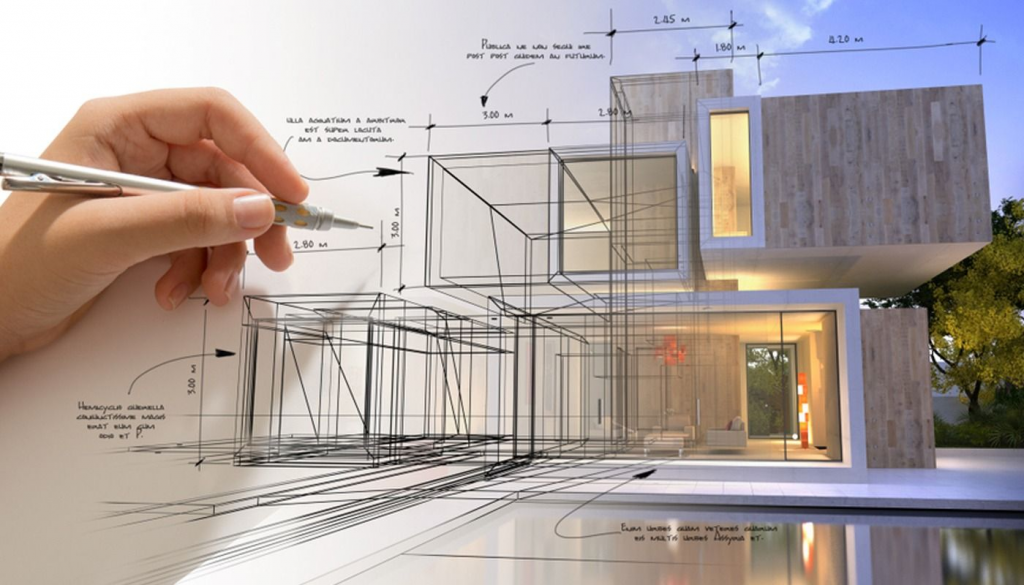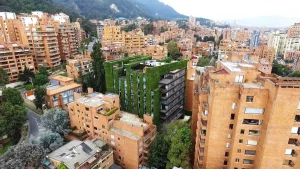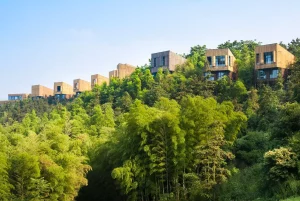Constructing and using buildings significantly impacts the environment and human health. Life Cycle Assessment (LCA) is an evolving science that helps us understand and quantify these impacts throughout a building’s lifecycle. This article explores the fundamentals of LCA, explaining its stages, the types of environmental impacts it assesses, and its application in the building industry.
What is Life Cycle Assessment?
LCA is a method used to evaluate the environmental impacts of a building over its entire life cycle. This process includes the following stages:
- Production and Construction Stages (Stage A): This involves the extraction of raw materials, manufacturing of building products, and the construction process.
- Use Stage (Stage B): This stage covers the impacts during the building’s occupancy, including energy and water use, heating, lighting, maintenance, and repairs.
- End-of-Life Stage (Stage C): This includes the demolition and disposal of the building, as well as the processing of waste materials.
- Externalized Impacts (Stage D): These are the effects outside the system boundary, such as the reuse, recycling, or recovery of materials, energy, or water from the building.
In LCA terminology, the beginning of the life cycle is called the “cradle,” the point where products leave the manufacturing facility is the “gate,” and the end of the life cycle is the “grave.” Terms like “cradle-to-gate” and “cradle-to-cradle” describe different segments of the life cycle.

Emissions and Environmental Impacts
Buildings emit various pollutants during their life cycle, which can affect the environment and human health. LCA tracks these emissions and translates them into environmental impacts using computational models and actual measurements. The main environmental impact categories include:
- Global Warming Potential (GWP) measures the potential changes in temperature caused by increased greenhouse gases (GHGs) in the atmosphere, which trap heat from solar radiation. This is largely driven by fossil fuel combustion, contributing not only to global warming but acidification and smog formation which are explained next.
- Acidification Potential measures the acidifying effects of substances in water and soil. Acidification occurs when substances like carbon dioxide dissolve in water, lowering pH levels and increasing acidity. It can lead to the destruction of forests, erosion of building materials, and ocean acidification, which threatens marine life and food supplies.
- Eutrophication Potential is the addition of nutrients to soil or water, leading to the dominance of certain species and compromising others. For instance, excessive algae growth can deplete oxygen in water, killing fish. Fertilizers are a common cause of eutrophication.
- Ozone Depletion Potential measures the impact of substances on the ozone layer, which protects Earth from excessive ultraviolet radiation. While building materials typically have a minor impact on ozone depletion, refrigerants used in mechanical systems are a concern.
- Smog Formation Potential refers to the smog that forms from substances like carbon monoxide and volatile organic compounds (VOCs) in the atmosphere. It harms human health, causing respiratory issues, and affects ecosystems by damaging crops.
A few additions on GWP before we continue. LCA evaluates various environmental impacts, but a particular focus is usually placed on Global Warming Potential (GWP), which is the indicator that measure the well-known CO2 emissions. Several terms are often used interchangeably to describe emissions related to GWP, including carbon, carbon footprint, carbon dioxide (CO2), carbon dioxide equivalent (CO2e or CO2eq), greenhouse gas emissions(GHG), fossil fuel emissions, and climate change potential (CC). Although these terms are very much related, they don’t all mean the same thing. While “carbon” is frequently used in discussions about climate change, we should all remember it is not the elemental carbon for the periodic table itself that contributes to climate change, but rather carbon dioxide and other gases like nitrous oxide and methane. Despite this distinction, “carbon” is often used as an abbreviation for global warming potential.

Applying LCA in the Building Industry
LCA helps building owners and professionals make informed decisions about sustainability and resilience. It evaluates design options, guides material choices, and supports green building certifications such as LEED or BREEAM. LCA can also assess the environmental benefits of new products and policies and compare the environmental performance of different buildings.
To perform an LCA, all material and process quantities are gathered into an inventory and multiplied by the appropriate impacts -and let me remark again that it’s not only materials but materials and processes like transportation or machining. This calculates the overall environmental impacts of a building. LCA is supposed to be and iterative process, as it involves re-evaluating and modifying designs to achieve more environmentally conscious outcomes. For example, switching from concrete to wood in a building’s structure would necessitate redesigning the whole building before re-assessing the environmental impacts.
Benchmarks are reference points for evaluating the relative performance of buildings. Efforts are being made to develop building-level LCA benchmarks in different cities in Europe and North America, although very few are available yet.
Life Cycle Assessment (LCA) is a crucial tool for understanding and minimizing the environmental impacts of buildings. By examining all stages of a building’s life cycle—production, use, and demolition—LCA offers a detailed perspective on how these phases affect the environment. However, conducting an accurate LCA relies on having available data on the environmental impacts of construction materials and processes, such as CO2 equivalent emissions (GWP). While the construction and manufacturing industries have made significant strides in the recent years, they still lack a lot of the data needed for precise calculations. In the meantime, it is essential to educate ourselves about LCA, the frameworks and methodologies being developed to standardize it, and to be patient as benchmarks are established to evaluate our performance. Though still in its early stages, we can say that the LCA methodology is the foundation of construction sustainability and it is undoubtedly here to stay.



